Cultivation of pineapples in Florida began in the 1860s, with Key West and Merritt Island being pioneers. Fort Myers, Naples, Bonita Springs and particularly Marco Island grew pineapples in the late 19th and early 20th centuries.
According to the State Archives of Florida and the State Library of Florida, the earliest pineapple cultivation started in Key West in the 1860s. Benjamin Baker grew pineapples on Plantation Key, shipping them to New York, Baltimore and Philadelphia and a Mr. Brantley was producing pineapples on Merritt Island around the same time.
The industry expanded rapidly around 1899, due to the southward extension of the Florida East Coast Railway. Pineapple plantations could be found across Florida, including in Lee, Volusia and Orange counties. It is estimated that there were 1,325 acres of pineapple plantations in Florida, producing 95,442 crates of fruit.
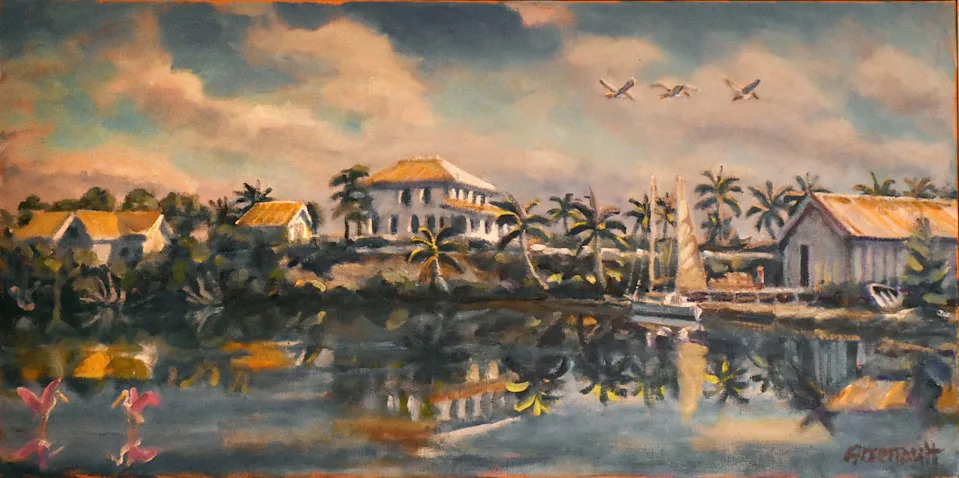
Marco Island’s sandy soils and favorable climate initially allowed pineapple to flourish; it’s estimated that 50,000 pineapples were shipped in 1909 from Marco Island alone.
Horr’s Island, present day’s Key Marco, was a hub for pineapple production, with growers like Captain John Horr, Frederick Ludlow and the Barfields shipping pineapples across the country; contributing to the region’s economic growth.
The remains of Captain Horr’s pineapple plantation house still stand as a callback to this era. Ludlow’s plantation was located on the shore of Roberts Bay.
While Marco Island was a major center, pineapple cultivation also occurred in other parts of Southwest Florida, like Bonita Springs.
In the late 1800s, Braxton B. Comer established large pineapple plantations in the area, importing families to work them, along with banana and coconut plantations.Initially called Survey, the area’s name was changed to Bonita Springs to attract settlers and investors.
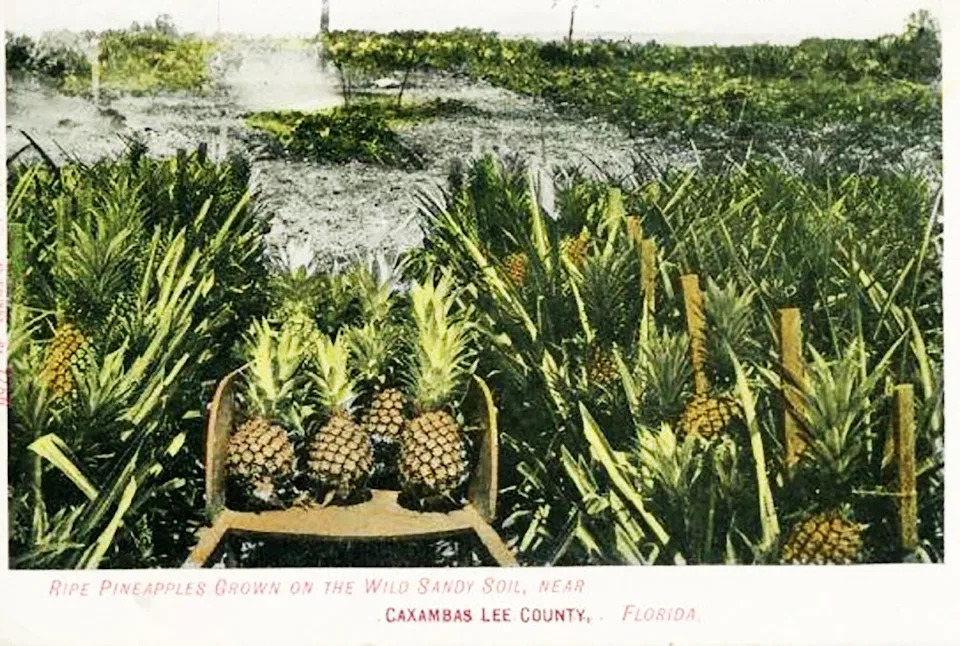
Fort Myers also once had a significant pineapple growing industry, particularly in the Iona-McGregor area.
“Maj. James F. Evans, for whom the Fort Myers avenue was named, arrived in Fort Myers in 1859 with slaves from his Virginia plantation to cultivate pineapple, coffee and other tropical crops,” wrote News-Press reporter Amy Bennett-Williams in a Nov. 29, 2014 article. “Capt. Thomas Johnson also planted them in North Fort Myers in the 1880s.”
Trouble arose in 1908. Even though Florida growers produced over 1.1 million crates of pineapples that year, Cuba produced 1.2 million crates and flooded the market. By 1910, crops along Indian River plantations began to show signs of failing.
“A ‘red wilt’ was rotting the roots of the pineapple plants, causing them to die,” an article on the State Archives website reads. “The disease quickly spread to entire fields. Add to that a lack of proper fertilizer due to World War I in Europe and freezes in 1917 and 1918, and the industry seemed to have disappeared.”
To this day, the Marco Island Historical Museum hosts an annual Pineapple Day to celebrate the island’s pineapple farming history.
Information from “A Prickly Tale: The History of Pineapples in Florida” from the State Archives of Florida and the State Library of Florida, published Aug. 8, 2014, by Florida Memory; “Homegrown pineapples: Perfect fruit or perfect crime?” by Amy Bennett-Williams, published Nov. 29, 2014; with additional content from the Marco Eagle and the Naples Daily News archives, along with the Marco Island Historical Society.

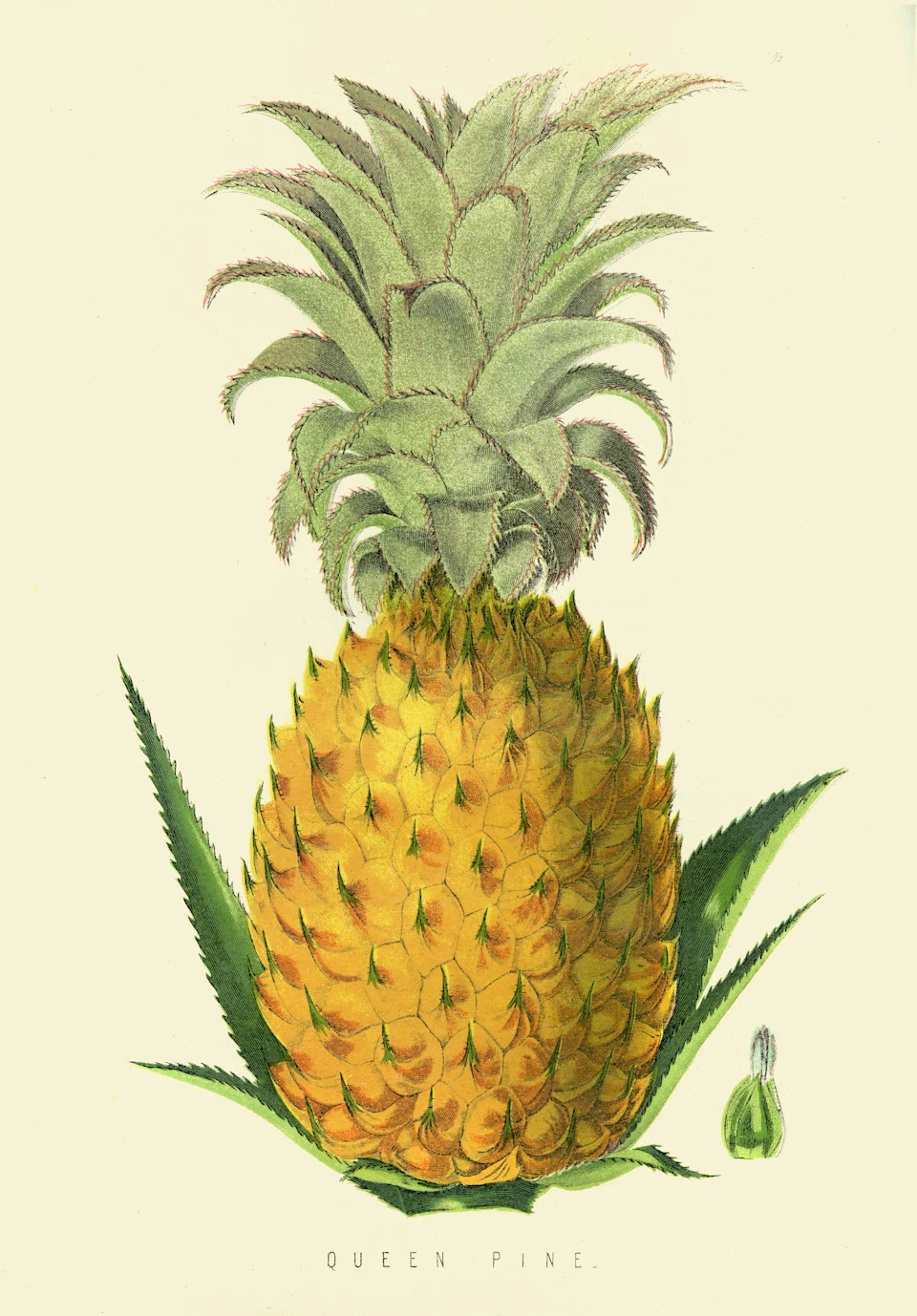
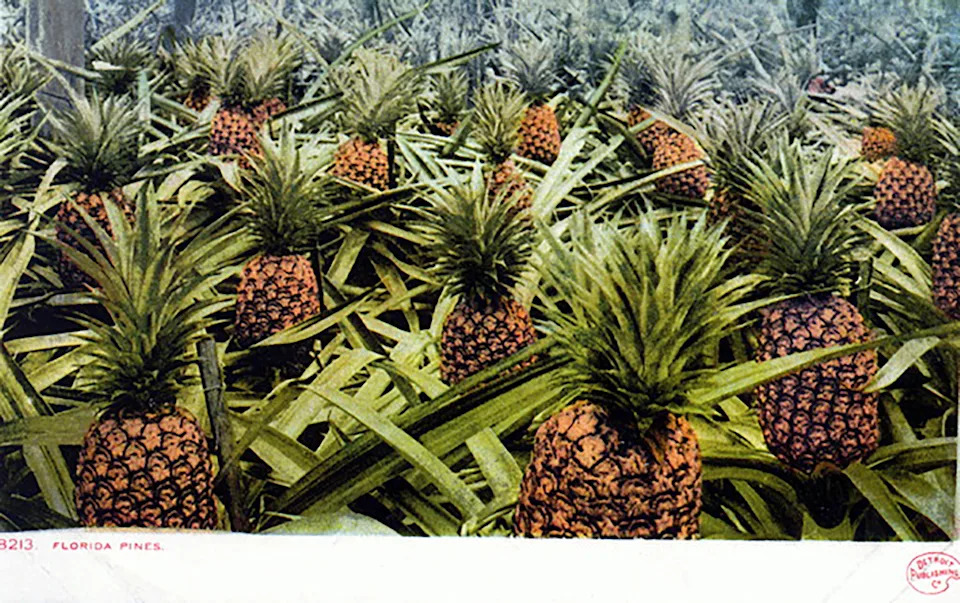
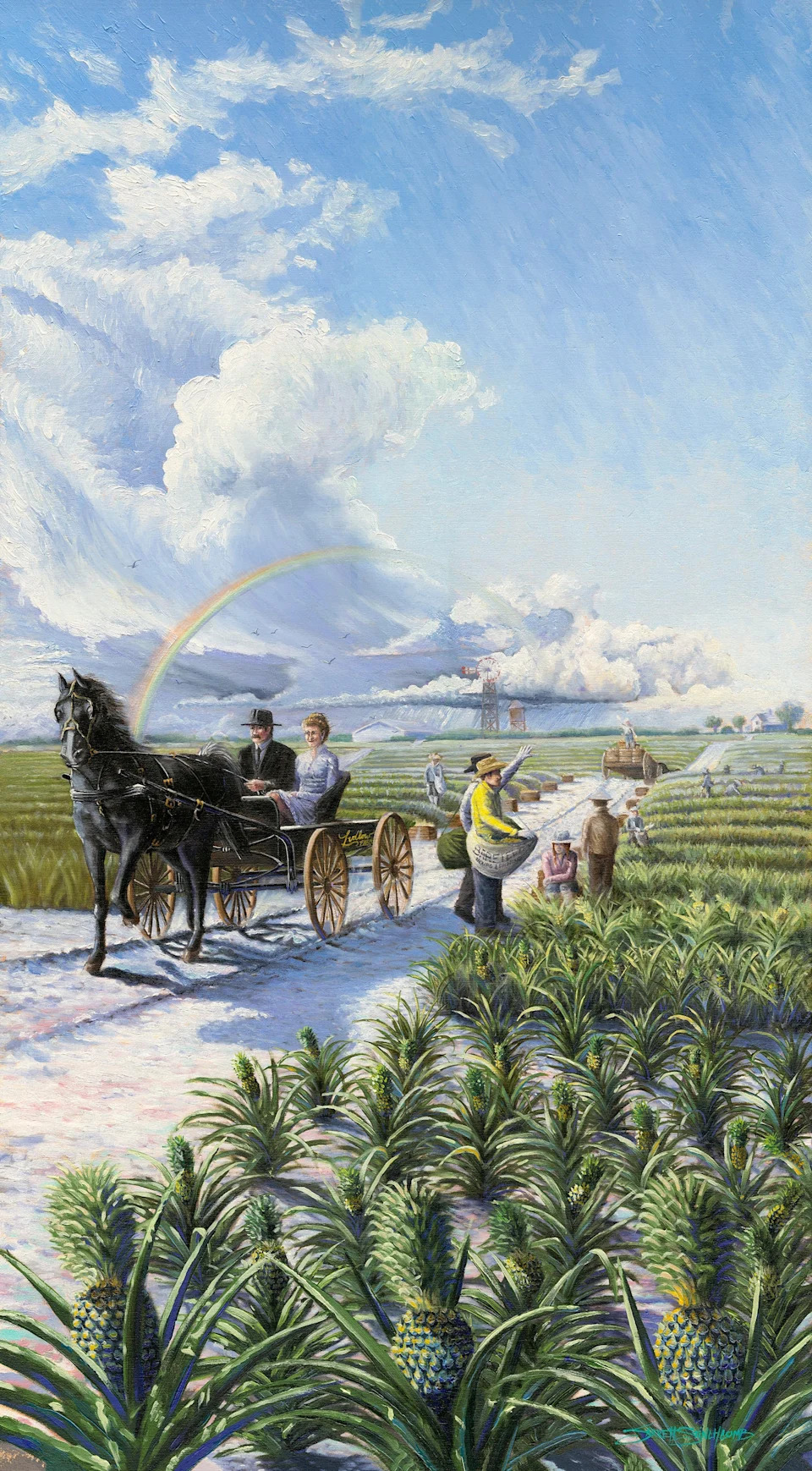
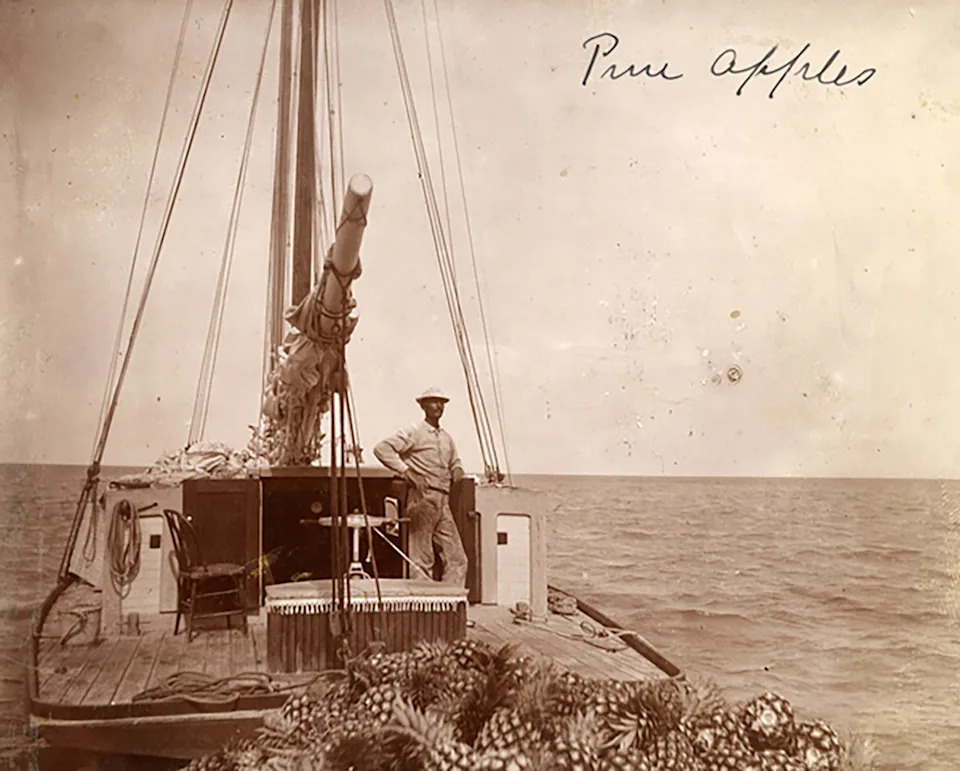
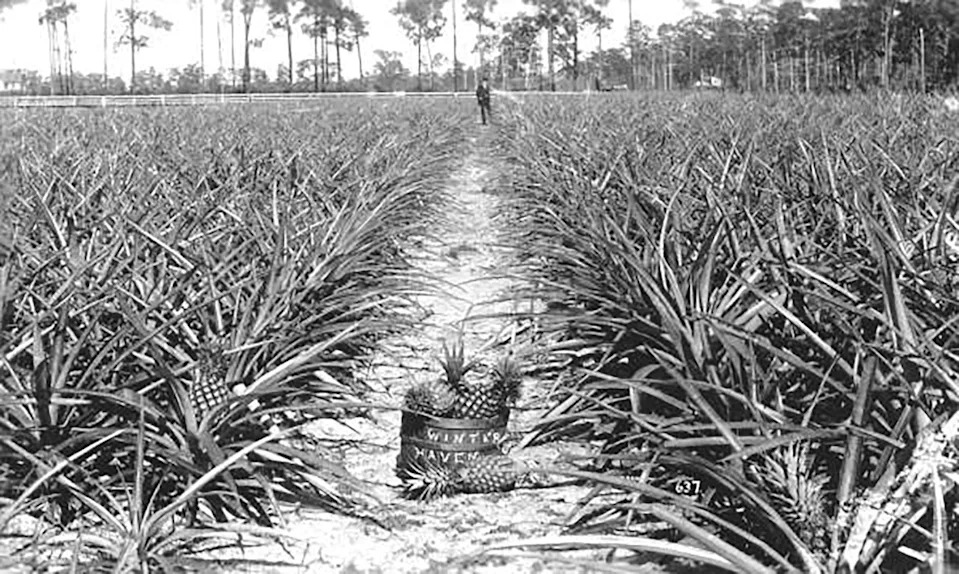
This article originally appeared on Naples Daily News: From the Archives: ‘Southwest Florida’s Pineapple Boom’



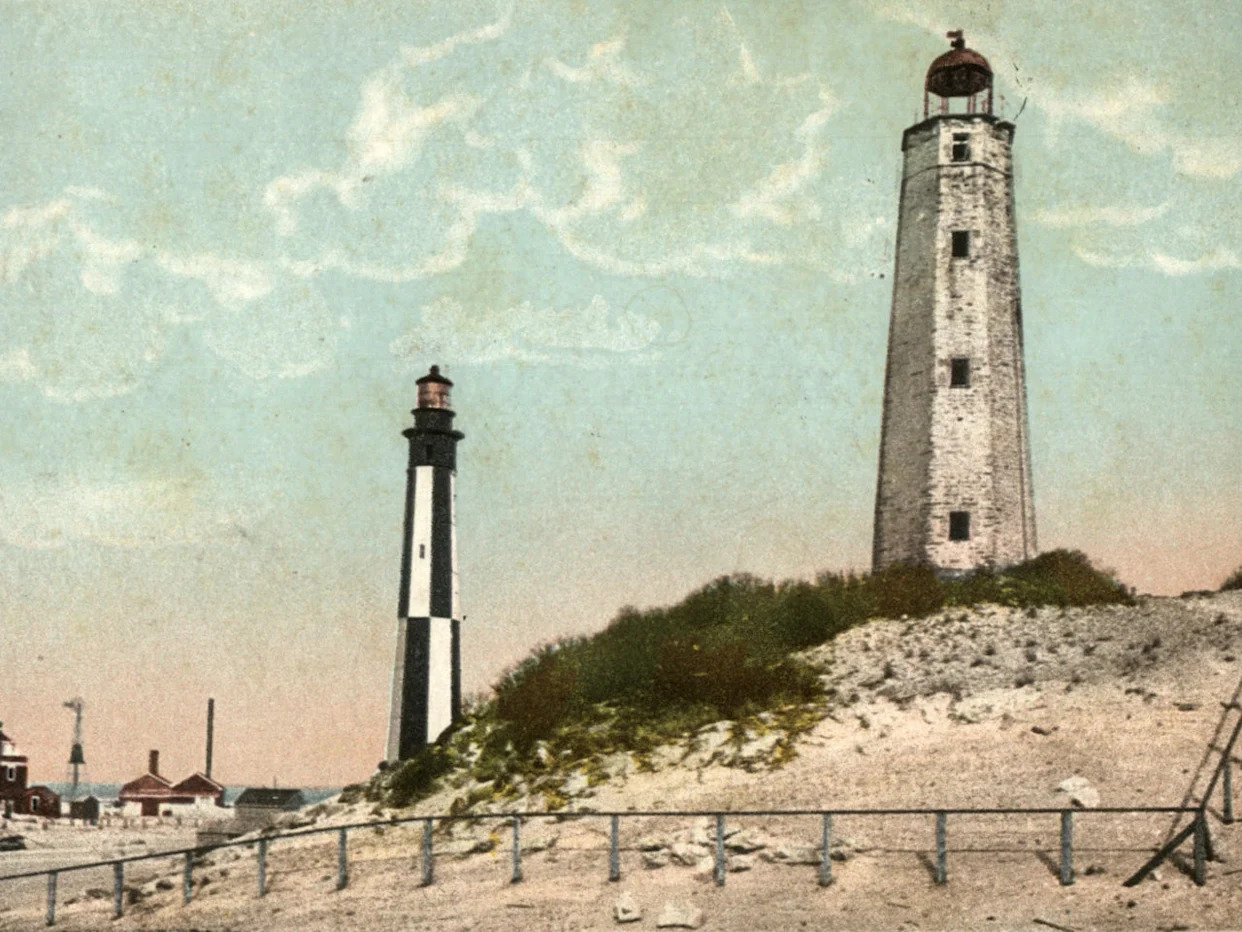
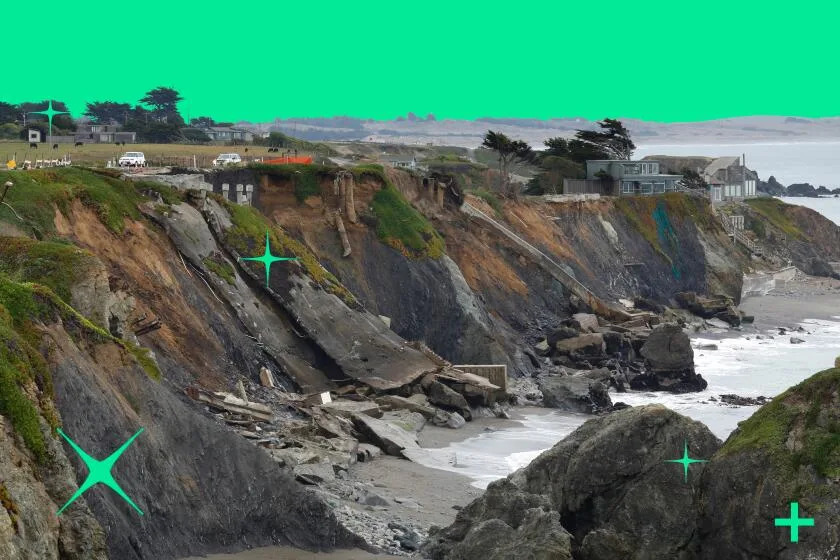
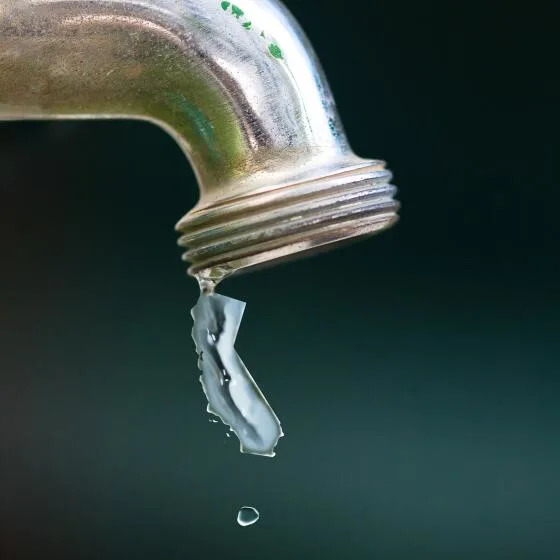
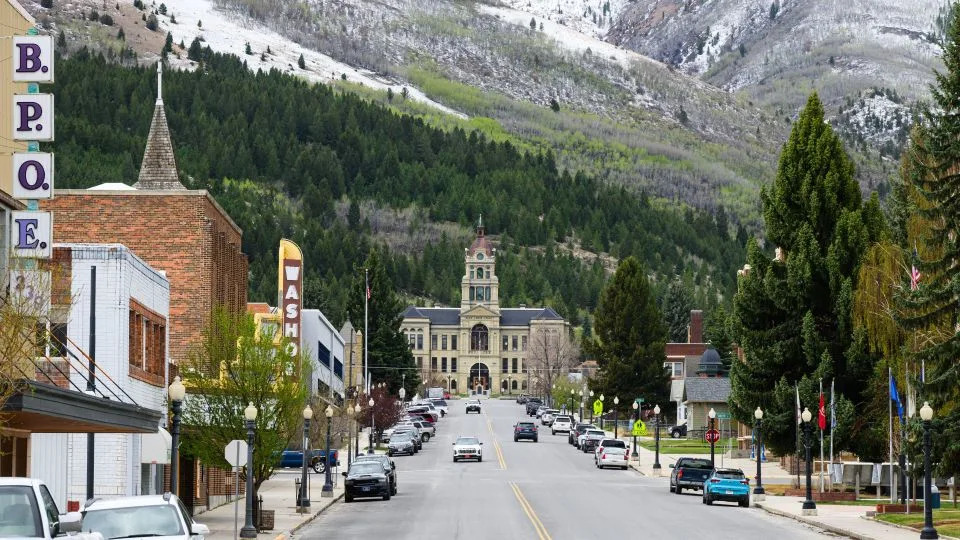
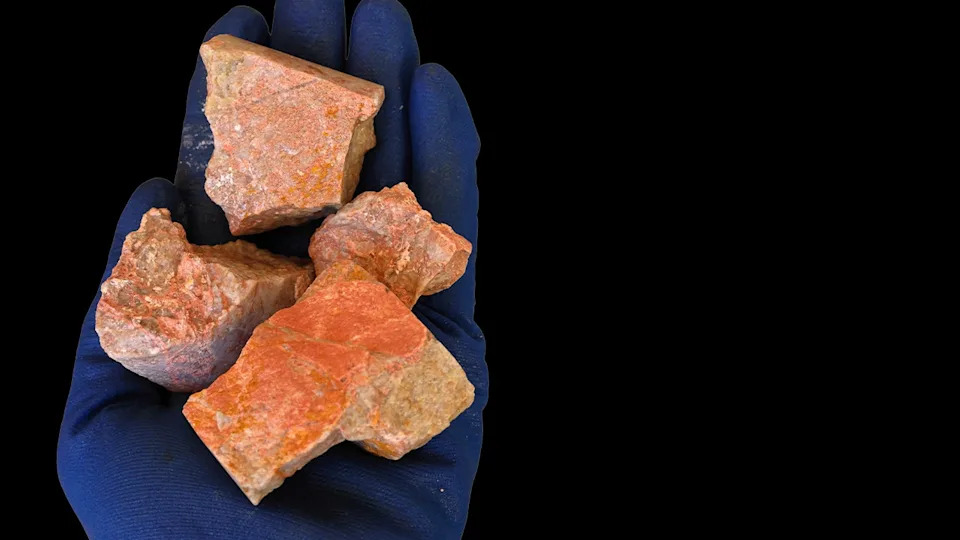
Comments